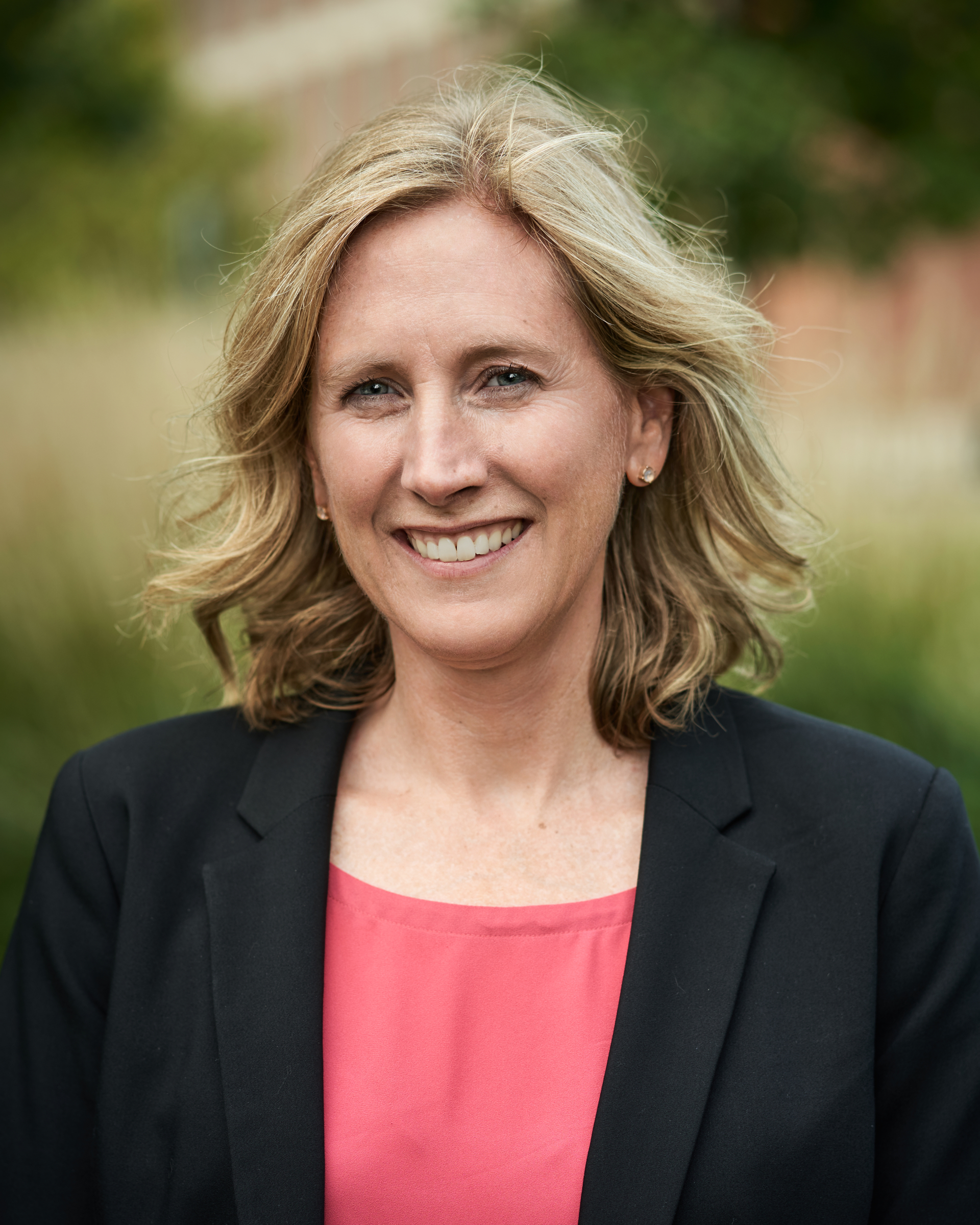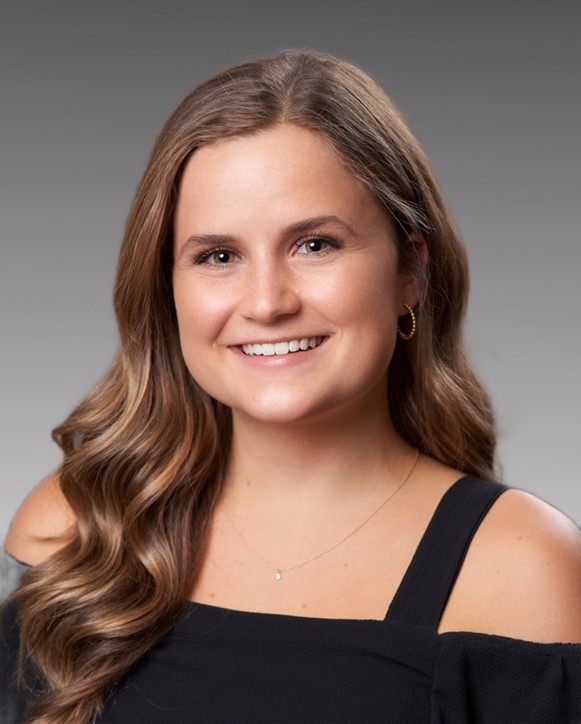Alumni Feature

Erika Kemp, OTD, OTR/L, BCP is a Clinical Associate Professor and interim program director of the Occupational Therapy Program at The Ohio State University. Dr. Kemp received her post-professional occupational therapy doctorate degree from Indiana University in August, 2016. She earned her post-professional Master of Science in occupational therapy degree from Boston University in 2007 and her Bachelor of Science in Allied Health/Occupational Therapy from The Ohio State University in 2000. It was at The Ohio State University that she was inducted to Pi Theta Epsilon in 1999. These academic experiences fueled her interest in the use of evidence-based practice in community settings, and increased her desire to affect the next generation of occupational therapy practitioners. She holds the AOTA Board Certification in Pediatrics, has completed the WPS/USC Certificate in Sensory Integration and also has advanced training in aquatic therapy and feeding with children. She is currently serving as the Chair of the Commission on Education, a standing committee of the American Occupational Therapy Association.
Dr. Kemp’s research interests lie in the use of therapeutic swim intervention to help prevent drowning in children with disabilities. She developed and begun to test AquOTic, an aquatic occupational therapy based swim intervention for children on the autism spectrum, which she is also modifying for children with cerebral palsy. In the last year she and 2 collaborators began the new Aquatic OT Community of Practice through AOTA. Additionally, she has experience coaching rowing and swimming for high school and adult able-bodied and adaptive athletes.
Below is information from a blog about AquOTic:Welcome to AquOTic, a research lab led by Dr. Erika Kemp (OTD, OTR/L, BCP, FAOTA) an Associate Clinical Professor in the School of Health & Rehabilitation Sciences at The Ohio State University. Our team has created an occupational therapy based aquatic program specifically tailored for children with Autism Spectrum Disorder (ASD). This innovative and individualized program is known as AquOTic. This unique program uses sensory, behavioral, and motor learning approaches to help improve water safety and basic swim skills. In addition to these approaches, this program also incorporates occupational therapy evidence-based techniques that are commonly used for children with ASD.
Swimming is a basic and fundamental skill that is crucial for any child to learn and yet drowning is currently one of the leading causes of death for children with autism. Current evidence suggests that children with autism tend to require more individualized attention than typical children when acquiring a new skill. Therefore parents of children with autism have found typical group swim lessons ineffective, leaving them feeling anxious and worried for their children around bodies of water. This research focuses on implementing and teaching autistic children basic life-saving swim skills that we hope will help prevent the occurrence of drowning and increase independence around bodies of water. Our methods are unique and individualized, unlike typical group swim lessons that can usually be seen at the local pool. We utilize a variety of techniques to ensure that each child is progressing and understands the importance of being safe in a pool.
Current PTE Member Capstone

Hi, my name is Brianna Tersigni, I will be graduating from the Occupational Therapy Doctorate (OTD) program at The Ohio State University this May. I earned my undergraduate degree in Health Sciences from the University of Dayton, with a concentration in occupational and behavioral studies and a minor in psychology and disability studies. Choosing OSU for graduate school has been one of the best decisions I have made. These past three years have been an incredible journey and it has been an honor being a part of OSU’s PTE chapter. I am pleased to share that I have accepted a job at one of my capstone sites, Dublin Methodist Hospital.
For my capstone, I chose a nontraditional setting by working with Dr. Thomas Ellis, a nationally renowned orthopedic hip surgeon at Orthopedic One in Dublin, Ohio. The project focused on advocating for, defining, and establishing the role of occupational therapy (OT) in hip preservation surgeries, particularly a periacetabular osteotomy (PAO), which is performed to treat hip dysplasia in adolescents and young adults. A PAO involves cutting the pelvis around the acetabulum, reorienting, and reattaching it to the pelvis with screws. Recovery takes around a year, with gradual weight-bearing progression and significant mobility restrictions. Dr. Ellis performs over 90 PAOs a year at OhioHealth Dublin Methodist Hospital where patients are then admitted for inpatient stay.
My interest in this area originated from my personal experience undergoing a PAO and hip arthroscopy during OT school. During my recovery, I realized that patients were only being seen by physical therapists (PTs), while OT was absent from the care continuum. This resulted in gaps in activities of daily living (ADL) training and neglected the psychological impact of major surgery and a lengthy recovery. Integrating OT is crucial, as it aims to enhance patient and caregiver preparedness, boost self-efficacy in performing ADLs, and improve overall functional outcomes during recovery. This realization prompted me to question why OT was not involved and ultimately led to my collaboration with Dr. Ellis. Throughout the capstone, I developed and implemented an OT Clinical Practice Guideline (CPG) to address these critical gaps in care with guidance from my mentors: David Beck, OTR/L and Dr. Ellis. Each week, I divided my time between Dr. Ellis’ outpatient clinic and Dublin Methodist Hospital. I implemented pre-operative educational appointments for patients undergoing PAO, hip arthroscopy, total hip arthroplasty (THA), femoral derotational osteotomy (FDO), and femoral neck osteoplasty at the clinic. I also implemented post-operative treatment sessions for patients following a PAO, FDO, arthroscopy, and femoral neck osteoplasty at the hospital. I developed numerous educational materials and created a YouTube page featuring videos on ADLs, transfers, and functional mobility training for patients and caregivers to use throughout their recovery. Additionally, I facilitated interdisciplinary collaboration and maintained constant communication between the hospital and clinic teams.
My work from implementing OT resulted in significant quality improvements in clinical processes for PAOs at Dublin Methodist Hospital. I was constantly assessing the feasibility, acceptability, appropriateness, and sustainability of OT at the hospital for these patients and the value it added to patient care. Dr. Ellis decided to formalize the integration of OT into post-operative PAO care. Once the decision was finalized during the last few weeks of my capstone, I dedicated my time to collaborating with the hospital therapy manager and OT site mentor to shape the future of PAO care and training initiatives. I conducted one-on-one training sessions with OTs and PTs, delivered a training presentation to the rehab department to ensure PAO service competency, and developed various PAO care plans to optimize the scheduling and delivery of PT and OT services for this population. This capstone project has been a very meaningful and impactful experience. It required a great deal of hard work, determination, and advocacy to complete. I am incredibly proud to share that, moving forward, all of Dr. Ellis's patients will now receive OT services during their hospital stay. This integration marks a significant step towards more holistic, patient-centered surgical care, ensuring that patients and caregivers are better prepared and supported throughout the recovery process.
Link to a brief interview with Dr. Ellis on the outcome of the project - https://youtu.be/4S4w4tEteNg